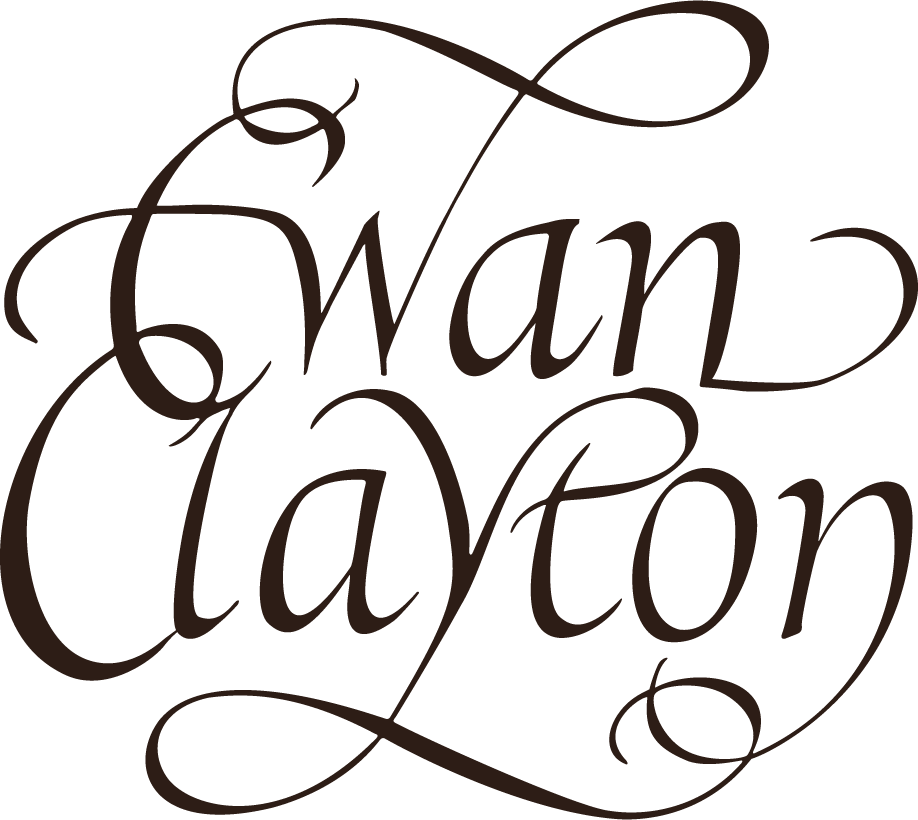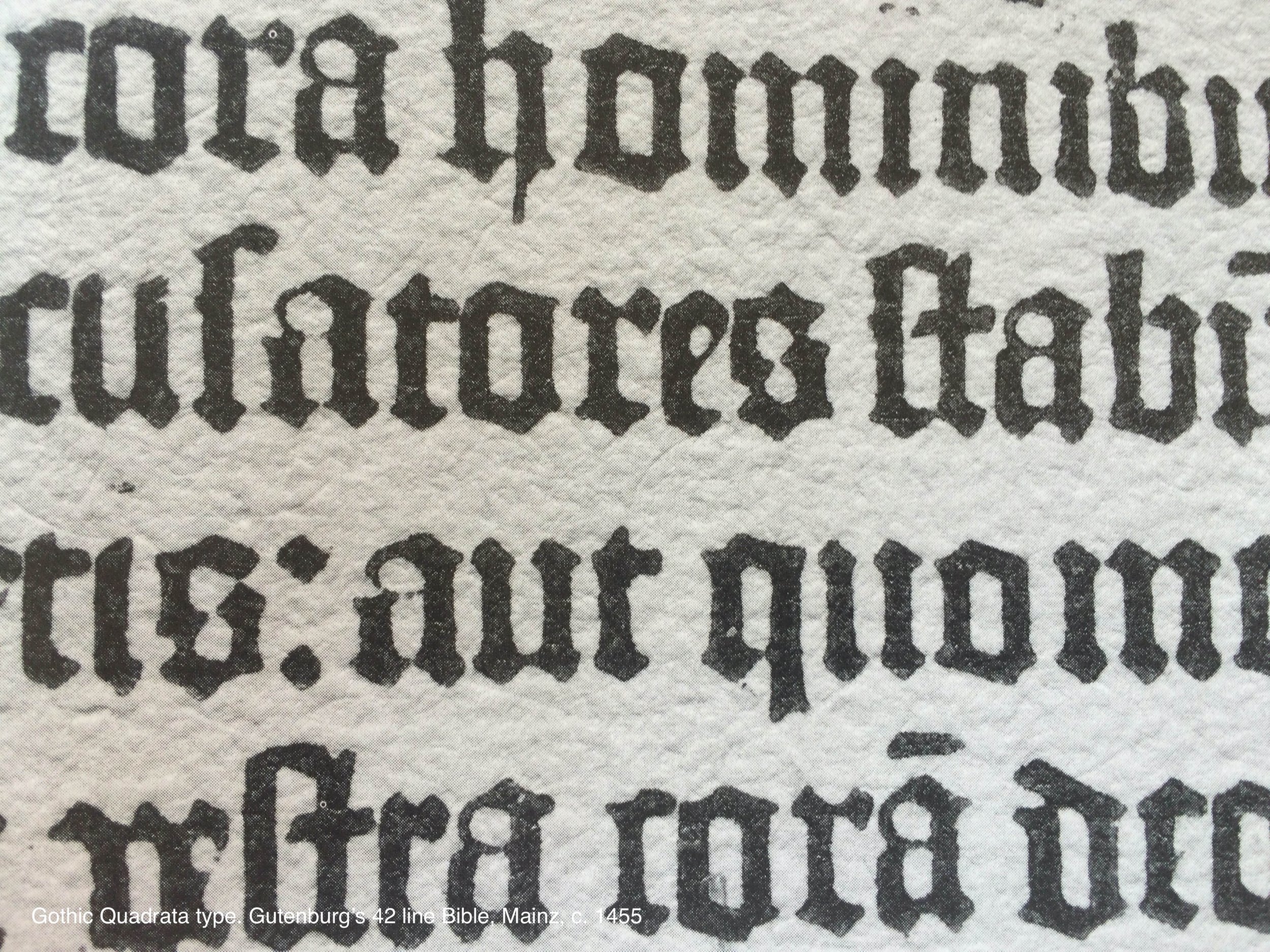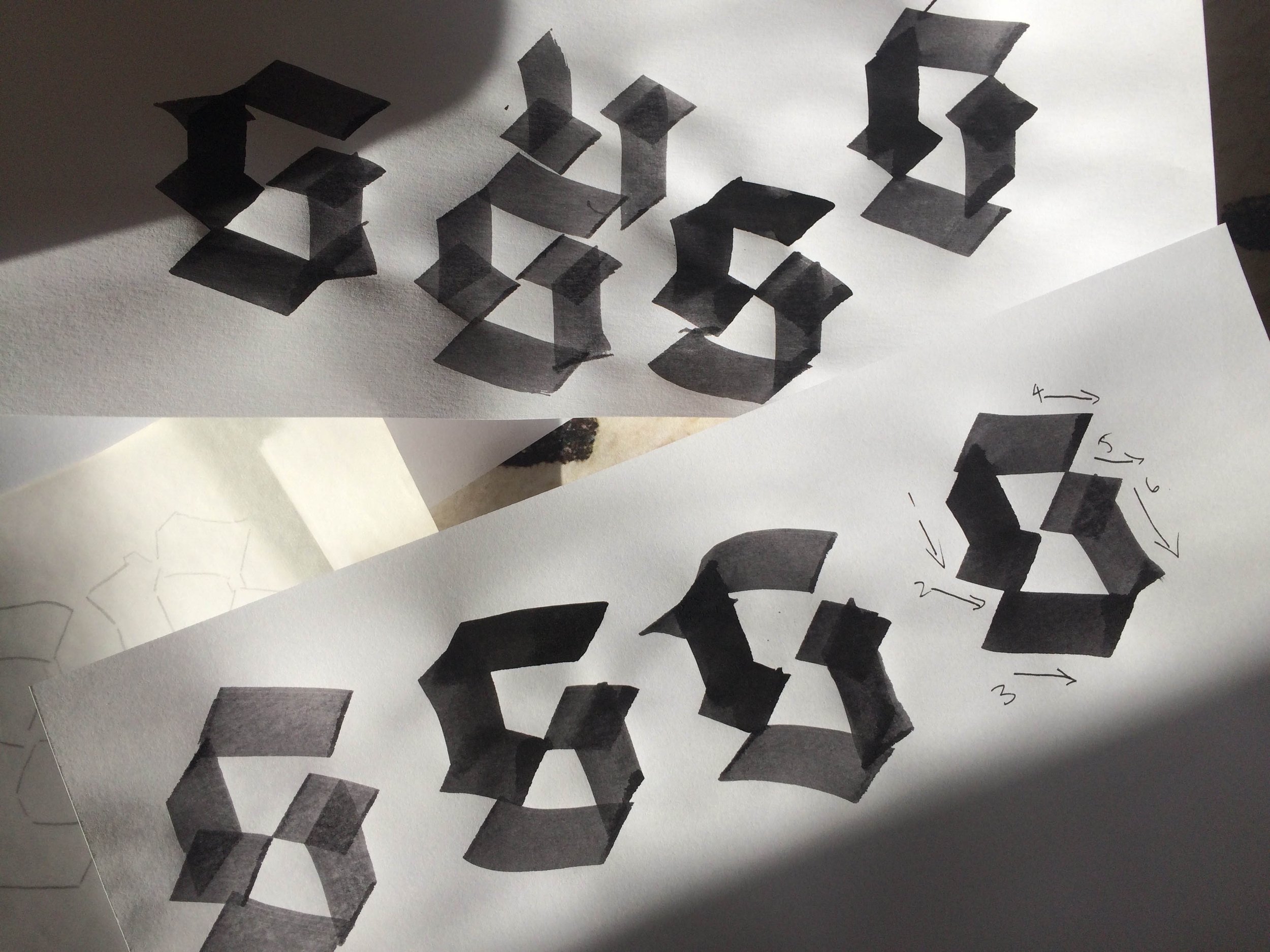Some recent findings
For a number of years I have been interested in what Gutenberg actually invented. That interest was sparked by reading about Blaise Argüeras y Aguas and Paul Needham's findings concerning Gutenberg's DK type, that on each page of the work they looked at they found unique images of letter shapes. If those shapes had been cast in the way that we think letters always were they should have been identical. Making allowances for ink spread, wear and irregular surfaces they would have expected to see some differences but maybe not very many and not structural ones. Needham and Agüeras speculated that the casting could have been made using modular letter parts - similar in a way to the strokes of the pen. Each part of a letter being pressed into the mould one after the other building up the letter shape. What interested me in this proposition was the possibility that the link between type and calligraphy was not only a visual one but perhaps even a conceptual one, the process was mechanising the writing of pen strokes not just letters. The controversy rages and having written about it in my book 'The Golden Thread' (pp.113-117). I began to research the calligraphy behind Gutenberg's forms. I shared my findings with the Italian type designer and historian Riccardo Olocco who has also been researching the casting processes of Gutenberg's type. Soon we hope to present some of our findings in the form of a workshop, watch out for further announcements on this site.
I have made enlargements of a section of Gutenberg's type in the 42 line Bible and then collected them together as drawings. Next I used a balsa wood pen to discover the most helpful stroke order, number and direction in writing them. In the illustration of many letter s's, every letter was written in a different stroke order, interestingly only the one (bottom right) consistently delivered a sound letter structure for the s.




